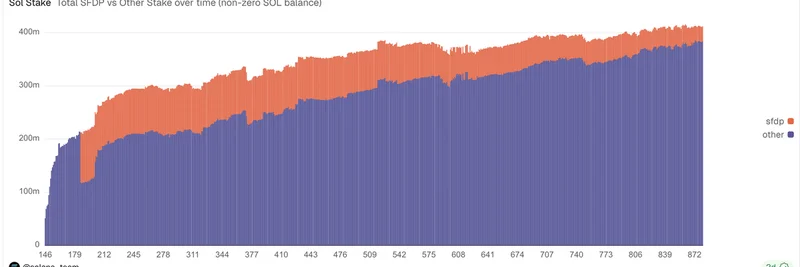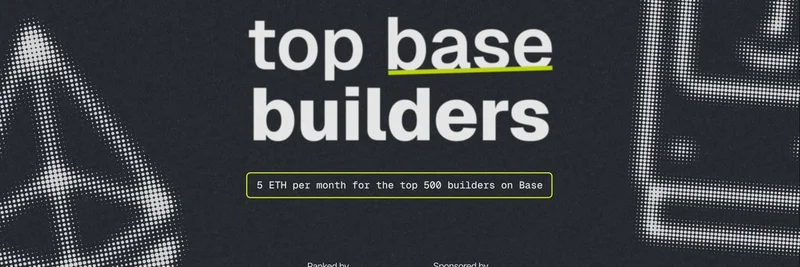In the bustling world of crypto, where events like Devconnect grab the headlines, some game-changing programs fly under the radar. Take Solana's SFDP—the Solana Foundation Delegation Program—for instance. According to a recent tweet from data analyst Waddah, this initiative stands out as one of the most successful in crypto history. Let's break it down and see why it's a big deal, especially for the Solana ecosystem that's home to countless meme tokens.
What is SFDP, Anyway?
SFDP, short for Solana Foundation Delegation Program, is essentially a staking boost designed to support validators on the Solana network. Think of validators as the guardians of the blockchain—they process transactions and keep everything secure. Back when Solana was getting off the ground about five years ago, the foundation launched SFDP to "cold start" these validators. It works by matching a portion of the SOL staked to them, helping new players get established without relying solely on big investors.
The goal? To decentralize staking power and attract more SOL from outside the foundation itself. And boy, has it delivered.
The Numbers Don't Lie: A 75% Drop and 220% Surge
From the data shared in the tweet, the foundation's own delegation has plummeted by 75% since the program kicked off. That means less control from the central team, which is a win for decentralization—a core principle in crypto that helps prevent any single entity from dominating the network.
But here's the exciting part: non-foundation stakes have exploded by 220%. That's a whopping 265 million SOL added to the mix! For context, SOL is Solana's native token, and staking it locks it up to support the network while earning rewards. This growth shows how SFDP has successfully drawn in external participants, making Solana more robust and community-driven.
As Waddah explains in a follow-up reply, SFDP isn't just about handouts—it's a deflationary mechanism that encourages sustainable growth. By reducing the foundation's role over time, it ensures validators can thrive on their own merits, attracting real-world stakers who believe in the network's potential.
Why This Matters for Meme Tokens and Blockchain Practitioners
Solana has become a hotspot for meme tokens, from viral hits like Dogwifhat to emerging projects pumping on platforms like Pump.fun. A stronger, more decentralized staking system means better network security and performance, which directly benefits these fast-paced meme ecosystems. Fewer bottlenecks, quicker transactions, and lower fees—all powered by a validator base that's increasingly independent.
For blockchain builders and traders, this underscores Solana's maturity. If you're staking SOL or launching a meme token, programs like SFDP highlight why Solana remains a top choice over rivals like Ethereum. It's not just about speed; it's about building a self-sustaining economy.
Wrapping It Up
While the crypto crowd mingles at conferences, Solana's SFDP quietly proves that smart incentives can transform a network. With foundation delegation down and community stakes soaring, Solana is positioning itself for long-term dominance. If you're deep in the meme token game or just exploring blockchain tech, keep an eye on updates like this—they're the real indicators of health in the space.
For more insights on Solana and meme tokens, stick around at Meme Insider. What's your take on SFDP's impact? Drop a comment or check out the original thread for the full discussion.



